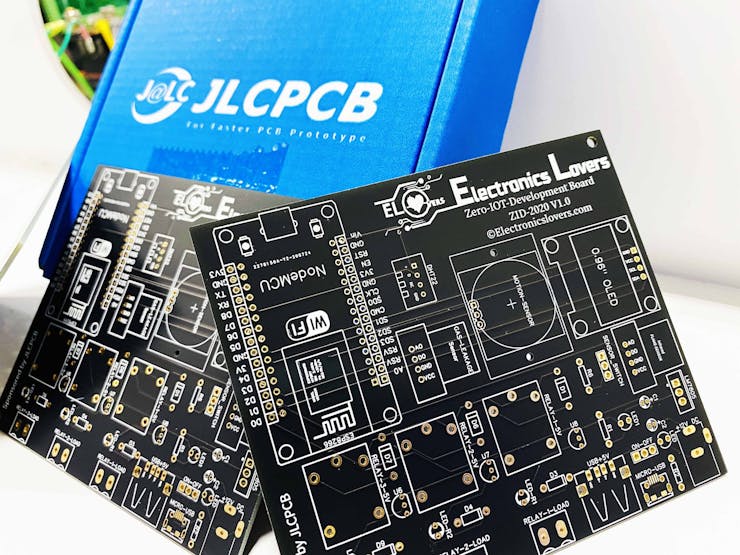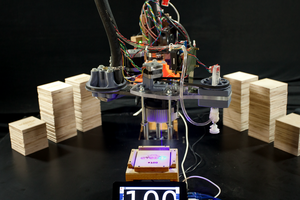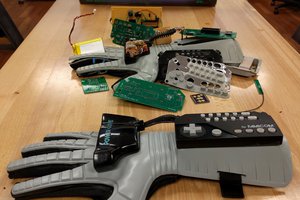Introduction:
These days, time is money, and we all need to find the quickest way to get what we need, be it a product, a service, or an outcome. One way to save time on projects is to use a ‘development board’. Development boards help save up time consumed in the basic setup of your projects.
What is a development board?
Contents
- 1 What is a development board?
- 2 Components of a Development Board:
- 3 ZERO-IoT-Development Board – ZID-2020-V1.0:
- 4 PCB Package Unboxing of ElectronicsLovers ZERO-IoT-Development Board video
- 5 ElectronicsLovers ZERO-IoT-Development Board V1.0 Video
- 6 Components of the ZERO-IoT-Development Board
- 7 Uploading Gerber File and Order at JLCPCB Website:
- 8 ElectronicsLovers ZERO-IoT-Development Board – ZID-2020 Assembling:
- 9 ZID-2020 PICTURE Gallery :
- 10 ElectronicsLovers ZERO-IoT-Development Board V2.0 3D view
A development board is simply a printed circuit board which comes with pre-installed circuitry and hardware. These boards help to save time when you are repeatedly working on a type of microcontroller. And so, instead of setting up the circuitry and hardware on a breadboard every time you simply work with a development board that comes with everything set up beforehand. This is particularly useful if you’re using a microcontroller for general repetitive experimentation and prototyping.
There is also the chance of errors if you’re building a basic setup yourself every time with a breadboard since you could mess up the connections, and so in the case of errors in your project, it is difficult to identify if the error is due to your setup or the programming. And so, debugging will consume even more time. This is why it is better to use a development board, plus you can use development boards in multiple projects, it is a one-time investment that surely pays off.
Components of a Development Board:
The basic components found in a development board include:
- A power circuit, usually set to work on a 9V power supply
- A programming interface used to program the microcontroller via your computer
- Basic input (for e.g. buttons)
- Basic output (for e.g. LEDs)
- Input/Output pins (I/O pins)
ZERO-IoT-Development Board – ZID-2020-V1.0:
Electronicslovers recently designed a New Development Board version 1.0 called “ZERO-IOT-DEVELOPMENT BOARD” for Students and Tech Lovers, it has based on the Internet of things (IoT).
You can use ZID-2020 to make projects related to automation, security, and all types of smart home applications. JLCPCB has sponsored all the electronic components and the PCBs for this development board.
Good luck! You can create multiple projects by using our new development board. The IoT domain is ever-increasing in popularity and demand. With development boards, you will find ease in your capability to create new projects. What projects are you most interested in making first?
PCB Package Unboxing of ElectronicsLovers ZERO-IoT-Development Board video
ElectronicsLovers ZERO-IoT-Development Board V1.0 Video
Components of the ZERO-IoT-Development Board
The ZERO-IoT-Development Board is built using high-quality components. We’ll be going over them briefly.
- ESP8266 NodeMCU x 1:
Internet Of Things is trending in the world of tech and it has influenced the way we work, particularly in the form of smart home technology and automation. Espressif Systems, located in Shanghai, kept this in mind when they created the ESP8266. The ESP8266 NodeMCU is a small Wi-Fi enabled microcontroller. And what’s truly remarkable is its pricing, a mere $3! It is perfect for projects. It comes in a compact design and designed particularly for IoT applications, mobile devices, and wearable electronics. It can connect and control devices from anywhere around the world.
The NodeMCU (Node Microcontroller Unit) is basically an open-source software that is built around the ESP8266. It assists you in building/prototyping IoT projects and electronics.
- MCU (Microcontroller...
 Abid Jamal
Abid Jamal



 IoT-devices, LLC
IoT-devices, LLC
 Michael O'Toole
Michael O'Toole
 anfroholic
anfroholic
 Nolan Moore
Nolan Moore
Money saving applications for NodeMCU. Web page HMI. Wireless program uploads.
https://sites.google.com/site/nodemcu12e/